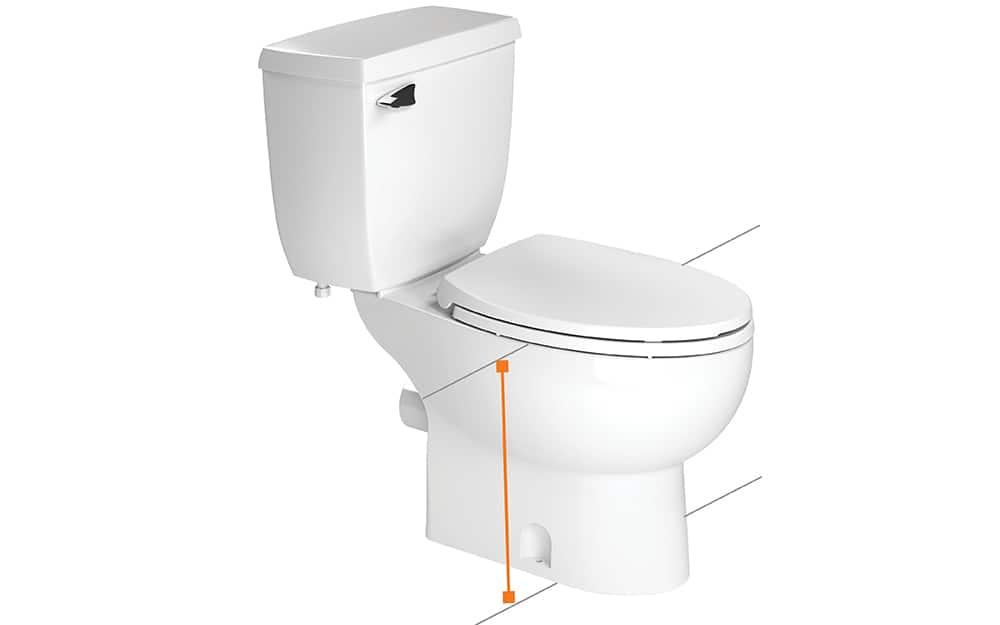Buying Guide
The Best Toilet for Your Home
Beyond picking style and color, choosing the best toilets to buy for your home means determining which toilet components matter the most to you. This guide will walk you through different types of toilets and features including toilet bowl shape and flushing performance, so you’ll know which type of toilet you need to buy.
Tip: Stay within your budget when shopping for toilets, but be willing to spend more if needed for quality toilet must-haves like effective flushing power or water efficiency.
Measure Your Space

Toilet Bowl Shape

Toilet Seats

Toilet Profile

Toilet Height

Two-Piece Toilets

One-Piece Toilets

Wall-Mounted Toilets

Urinals

Toilet Color
Types of Flushing and Flush Ratings

Water-Saving Toilets

Smart Toilets and Special Features
Explore the many different types of toilets to find the best models for your family. The best toilet for you will be comfortable, easy to clean and water efficient. Plus, special features and advanced flushing can make you appreciate your toilets even more.
Ready to find the right type of toilet for you? Use The Home Depot Mobile App to locate products and check inventory. Once you’ve found a toilet you love, we offer professional toilet installation services to get it into your bathroom quickly and easily.


